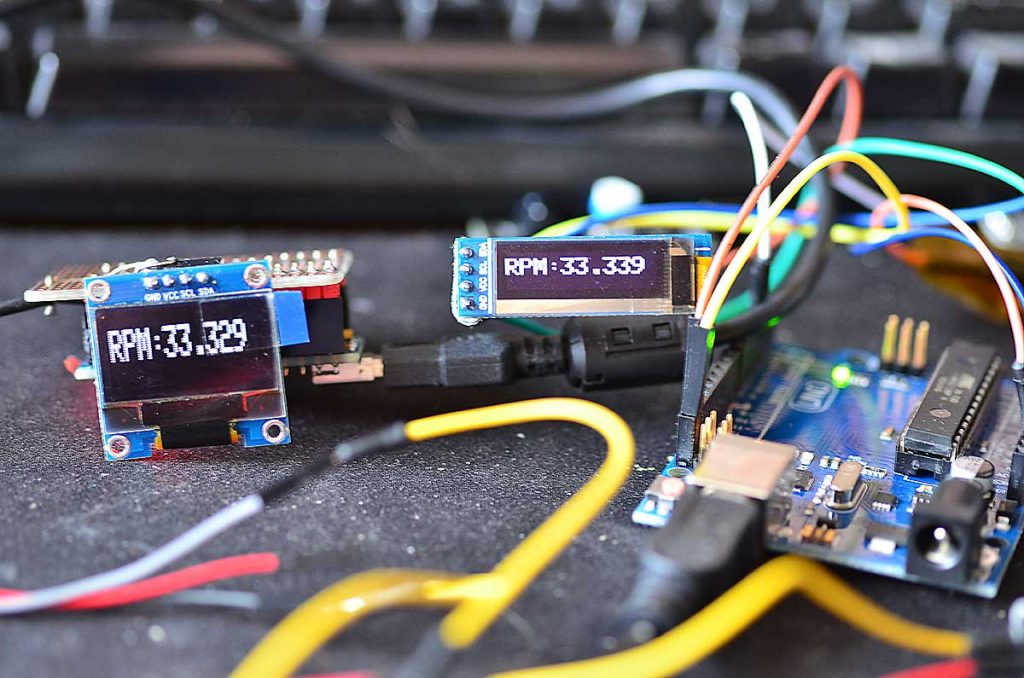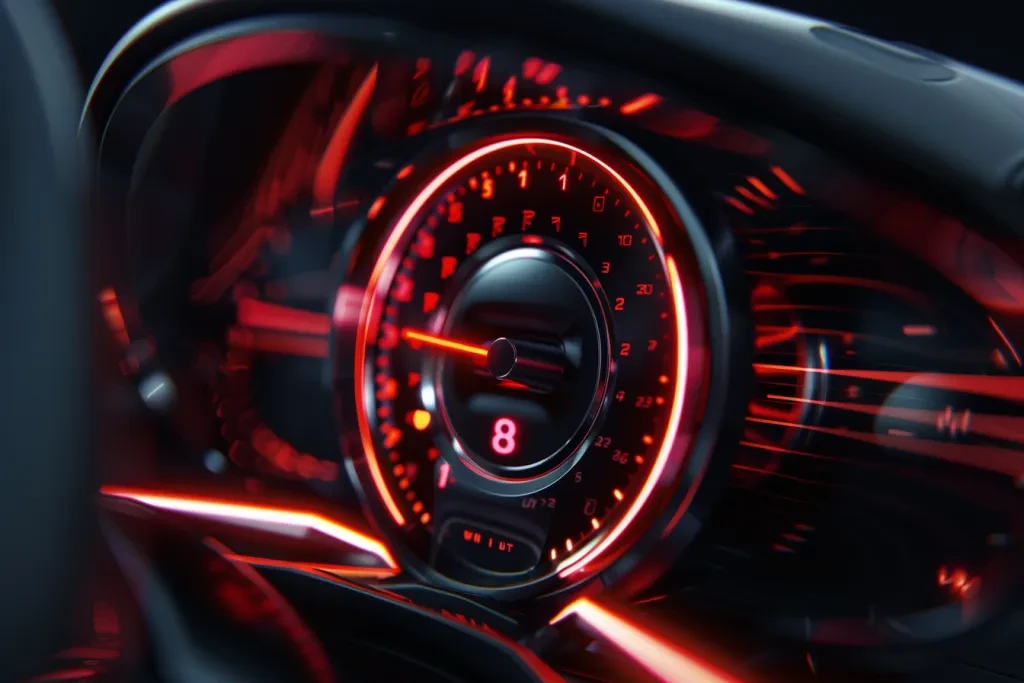
Remarkable Reasons Why Is There a Red Section in the Tachometer?
Share
For anyone who has ever caught a glimpse of the dashboard in a car, the tachometer immediately attracts attention. It unveils a wealth of vital information, measuring the engine's rotational speed in revolutions per minute (RPM). Among the various segments of the tachometer, the red section is perhaps the most compelling and often bewildering part. But why is there a red section in the tachometer? This article delves deep into this question, examining its purpose, significance, and the implications of ignoring it.
In understanding the tachometer, tech professionals and enthusiasts need to grasp its functionality, components, and why the red zone is a crucial element of this instrumentation. Within this article, we will explore the engineering decisions behind this design, the alarming consequences of neglecting the red zone, and tips to avoid those pitfalls.

The Role of the Tachometer in Modern Vehicles
The tachometer serves as an essential tool in various automotive systems. It helps drivers gauge the engine's performance and manage the vehicle's speeds effectively. By understanding how the tachometer works, you can take full advantage of the information it provides. For more insights on this instrument, check out normal tachometer readings.
The Significance of the Red Zone
The red zone in a tachometer signifies the point at which the engine can no longer operate safely. Often dubbed as the 'redline,' this section warns drivers that they are pushing the engine beyond its designed operational limits. Lets break down the critical aspects:
- Engine Durability: Exceeding the redline can have devastating effects on the longevity of the engine.
- Performance Metrics: Understanding RPM limits is essential for optimal performance.
- Fuel Efficiency: Maintaining appropriate RPM levels can aid in achieving better fuel economy.
What Happens When You Enter the Red Zone?
Entering the red zone can lead to catastrophic damage to the engine components, including:
- Overheating
- Piston damage
- Crankshaft failure
It's a shockingly dangerous endeavor, hence why it is crucial to monitor the tachometer closely.
Design Considerations of the Red Zone
The red zone is not merely an arbitrary design choice; it is strategically placed based on the following factors:
- Engine Specifications: The RPM limits are determined by the engine's material, design, and manufacturing process.
- Performance Requirements: Vehicle manufacturers aim to balance performance with safety, making the redline a necessary feature.
- Driver Awareness: Visual cues are vital, and the red zone serves as a stark reminder to drivers.
For a deeper insight into the workings of tachometers, visit Britannica on Tachometers.
Avoiding Red Zone Risks
Many drivers unknowingly cross into the dangerous territory of the red zone. To mitigate risks, here are some best practices:
- Shift gears promptly when the needle approaches the red section.
- Utilize a tachometer as a learning tool to understand your car better.
- Get familiar with your engine's RPM limits.
For additional information on why tachometers might fluctuate, explore this resource.
Conclusion
In summary, understanding why is there a red section in the tachometer is crucial for anyone seeking to maintain their vehicle's performance and longevity. By heeding the warnings of the tachometer, drivers not only preserve their engines but also improve their overall driving experience.

FAQ Section
1. What does the red section in a tachometer indicate?
The red section indicates the maximum RPM level that an engine can handle safely.
2. What are the consequences of entering the red zone?
Entering the red zone can lead to significant engine damage, including overheating and mechanical failures.
3. Should I always avoid the red section?
Yes, it is advisable to stay below the red section to ensure engine health and performance.
If you experience issues with your tachometer, such as fluctuations, read more about it at this guide.
